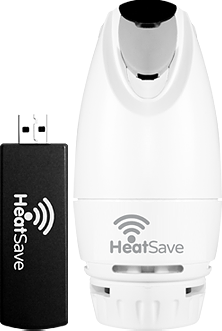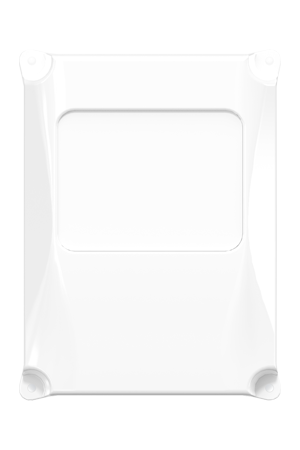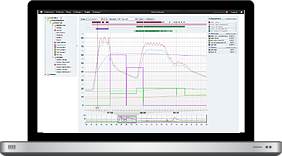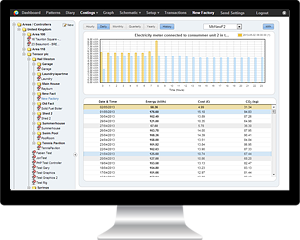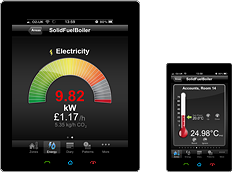Government urged to introduce a maximum working temperature
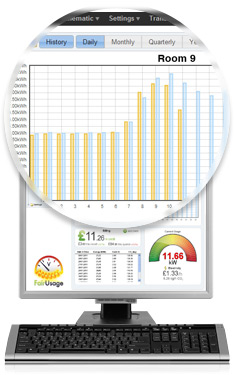
Following this summer’s heatwave, which saw unseasonably high temperatures affecting the UK and Europe for long periods of time, the UK government is being urged to consider introducing a statutory maximum working temperature, a news source can reveal.
The Health and Safety Regulations state that the temperature in all indoor workplaces should be “reasonable”, there is no definition of what “reasonable” means. According to the Health and Safety Executive, it would not be possible to set a maximum temperature for workplaces due to the fact that high temperatures are inevitable in certain types of workplace e.g. glass works and foundries.
However, the TUC, joined by a group of MPs’, have called for a maximum workplace temperature of 30C for non-manual work, and 27C for manual work.
Introducing a maximum working temperature would set a definitive standard for when employers must take action to change working conditions and make it unlawful for employers to force employees to work in high temperatures.
Employers would need to undertake risk assessments to ensure their workplaces do not exceed the maximum temperature. Where workplaces do exceed the legal maximum, employers would be obliged to put measures in place to address this such as the introduction of fans, air conditioning or moving teams to cooler parts of the building.
Where an employer was unable to reduce the temperature of the workplace below the maximum temperature, such employers would have to send employees home on full pay irrespective of whether they are actually able to work from home. The financial impact and loss of productivity where the nature of the work is such that it cannot be carried out from home (e.g. a bakery) could be significant.
HeatingSave Low-Cost Building Management System – the perfect solution to ensure compliancy with a statutory maximum working temperature
While the HeatingSave Low-Cost Building Management System (BMS) is primarily known for managing heating systems and cutting energy bills by 20 to 30%+ in the process, the controller at its core can also easily manage air conditioning units.
In fact, the HeatingSave heat loss algorithm can also be used to control air conditioning units in summer. Just like heating, you choose the temperature you want and when you want it and HeatingSave will do the rest automatically, calculating the latest time to switch on the air conditioning to keep cool in summer. Room occupancy sensors may also be used; this time to vary room temperature. The savings with “CoolingSave” are reductions in the electric usage and electricity bill.
Each HeatingSave controller can manage up to ten air conditioning units and each heating zone can be cooled using an air conditioning system. HeatingSave applies the heat loss algorithm in the same way as it does for heating a zone and will work out the latest time to switch on an air conditioning unit to achieve the required temperature at the required time.
Simply allow HeatingSave to power the air conditioning from one of its spare relays and set the aircon to the lowest setting. HeatingSave will then take over, maintaining the cooling pattern you have set. More importantly, occupancy sensors can be used to allow the temperature to drift upwards when nobody is around and then to cool the area when it is occupied.
Just as with heating, the zone setpoint can be made dependent upon the outside temperature, so that on hot days the cooling is greater than on cooler days when the aircon is not so important.
If you would like to find out more about the HeatingSave low-cost building energy management system, just contact us or Book a Demo, we would be more than happy to answer all of your questions and queries.


